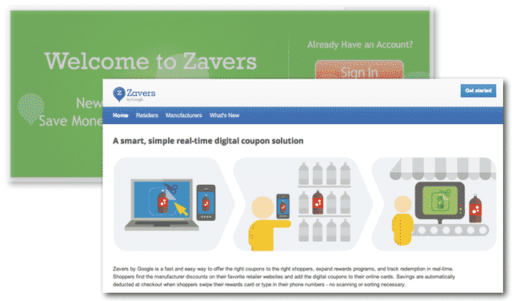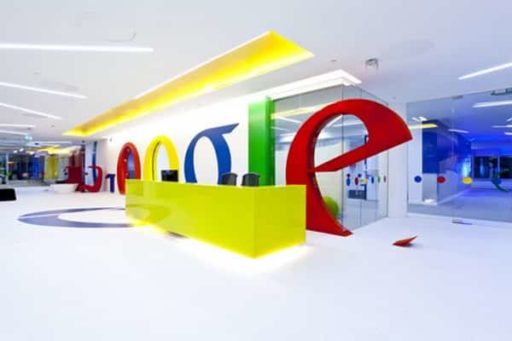AMD ships five million Fusion chips, says it’s sold out. AMD said this week that it has shipped about 5 million of its power-efficient Fusion processors to date, as it makes inroads thanks to Intel’s fading Netbook franchise.
 Traditional Netbooks are minimalist, typically sub-$350 laptops that average about 3 pounds and feature Intel’s power-frugal Atom processors. But the specially designated category of Netbooks is fading as more companies and consumers gravitate to plain old small laptops, minus the Netbook nomenclature and minus Intel’s Atom. And, as many analysts are saying of late, the surge of consumer interest in tablets, like Apple’s iPad, is also causing problems for the Netbook.
Traditional Netbooks are minimalist, typically sub-$350 laptops that average about 3 pounds and feature Intel’s power-frugal Atom processors. But the specially designated category of Netbooks is fading as more companies and consumers gravitate to plain old small laptops, minus the Netbook nomenclature and minus Intel’s Atom. And, as many analysts are saying of late, the surge of consumer interest in tablets, like Apple’s iPad, is also causing problems for the Netbook.
AMD told.cnet this week it “sold out” of the Fusion processor in its most recent fiscal quarter. “Demand far exceeded supply,” Raymond Dumbeck, product marketing manager for AMD’s mobile products, said in a phone interview.
In further conversations with AMD this week, I was told it has delivered about 5 million Fusion chips since their introduction in the fourth quarter of 2010, and that the total includes somewhere between 3.5 million and 4 million in the most recent (first) quarter. And this number will undoubtedly increase when AMD discloses more numbers at the end of the current quarter. This is enough to dent Atom shipments, since the first-quarter Fusion number cited above comprises more than half the average number of Atom processors shipped per quarter.
“There is a significant interest in Fusion, especially the Llano parts that have yet to be released,” said Jim McGregor, an analyst at In-Stat. Which means more un-Netbooks like Sony’s 11.6-inch Y series–very deliberately not labeled as a Netbook. And Sony has made it clear it’s not interested in the category anymore.
Fusion that much better than Atom? Let’s put it this way: Though AMD’s Fusion processors don’t clobber comparable Atom chips in benchmarks, Fusion offers enough of a performance cushion over Atom for PC makers like Sony, Hewlett-Packard, and Lenovo to create new designs. Sony and HP, among others, are using Fusion in 11.6-inch designs that are designated simply as small laptops.
Not surprisingly, Intel disagrees about the demise of Netbooks–though in a phone interview Friday, the chipmaker’s marketing chief said tablets are having some impact. “It is fair to say that if people have discretionary income and they’re going to spend 500 or 600 dollars, it’s a tablet today [which] could have been a Netbook a year ago. So, there’s no question there’s a substitution that could be happening there,” said Tom Kilroy, a senior vice president and general manager at Intel’s Sales and Marketing Group.
And a couple of final thoughts about Netbooks: Apple is also doing its part to diminish the format. Though there’s a gaping price difference between, let’s say, a $300 Atom-based 10-inch Netbook and a $999 11.6-inch MacBook Air, Apple offers consumers a clearly superior choice to a Netbook.
Here’s hoping AMD’s other Fusion chips show just as much pep per penny (and milliampere-hour) as the original processor.
News From news.cnet.com, engadget.com
[ttjad keyword=”processor”]




Dear friends.I invite you to visit my website for news and tips about outdoor digital accessories.Here are two links for best iPhone gloves and latest touch screen gloves
Just go and have a look.